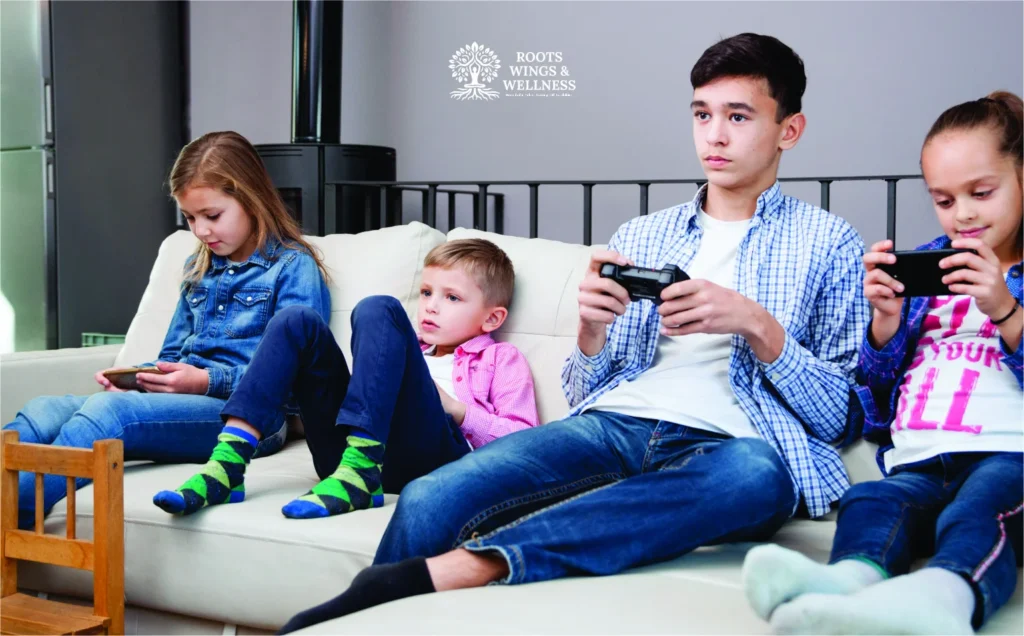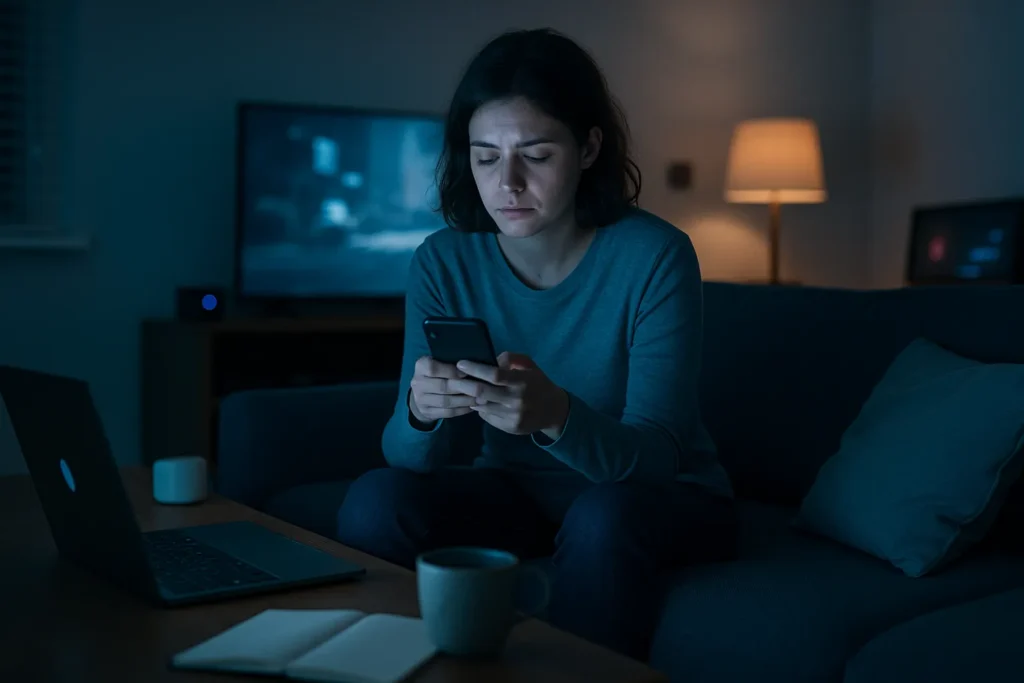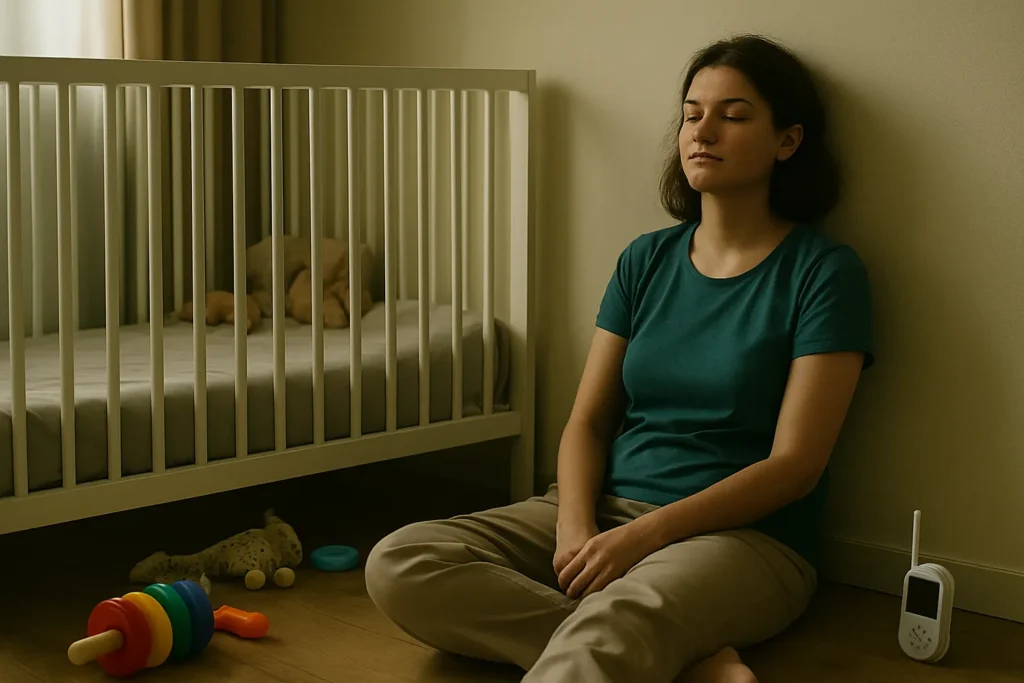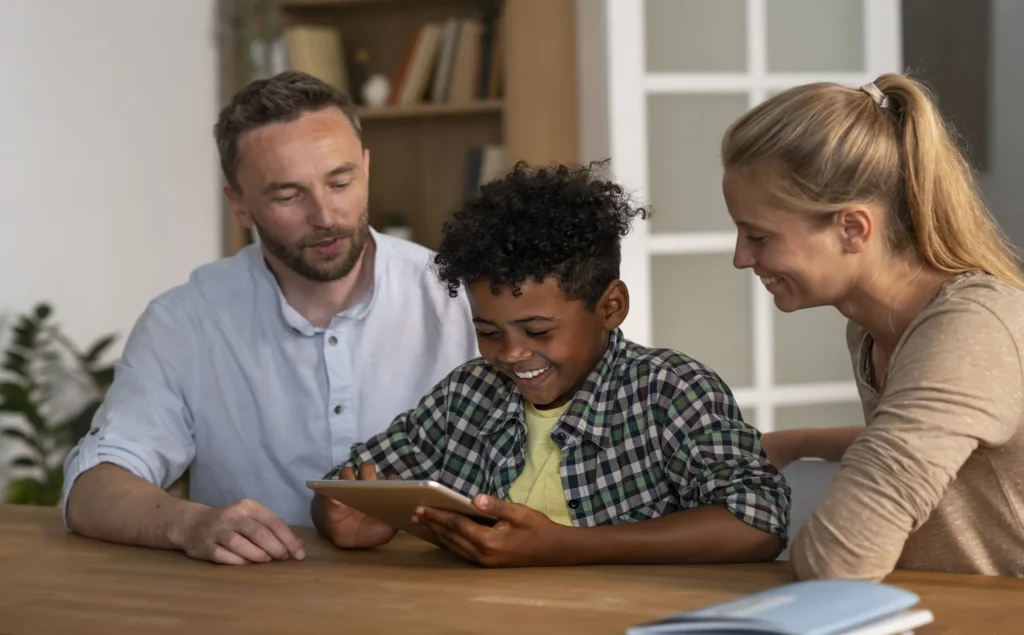Ever find yourself saying, “Just five more minutes,” while scrolling—and then realizing your child’s doing the same?
You’re not alone.
In today’s world, technology is everywhere. It’s in our kids’ classrooms, their bedrooms, even their pockets. It entertains, educates, distracts, and sometimes… replaces the little moments we used to fill with each other.
As parents, we’re not trying to cut out tech altogether. That’s just not realistic—and honestly, not even necessary. The real goal? To balance technology and real life in a way that feels good for the whole family.
No guilt. No shame. Just small shifts that reconnect us with what matters most.
Table of Contents
Is Technology Replacing Family Time?

Let’s face it—tech has become part of the family. It helps kids learn, connect with relatives, and yes, gives us a break when we need one. But have you ever noticed how one hour of screen time can quietly become three? Or how silence settles in during dinner because everyone’s holding a screen instead of a fork?
That’s when it hits: maybe this wasn’t what we signed up for.
It’s not about demonizing devices. It’s about making sure they don’t replace conversations, eye contact, or bedtime giggles.
📈 What Research Is Telling Us
The American Academy of Pediatrics found that too much screen time in younger kids can be linked to:
- Trouble focusing
- Sleep issues
- Anxiety and mood swings
- Delays in social interaction
And it makes sense. Kids learn from play, movement, and face-to-face connection—things a screen just can’t fully replace.
Curious how this affects your child long-term? Check out our post on The Hidden Effects of Screen Time.
Setting Healthy Screen Time Boundaries Without a Fight
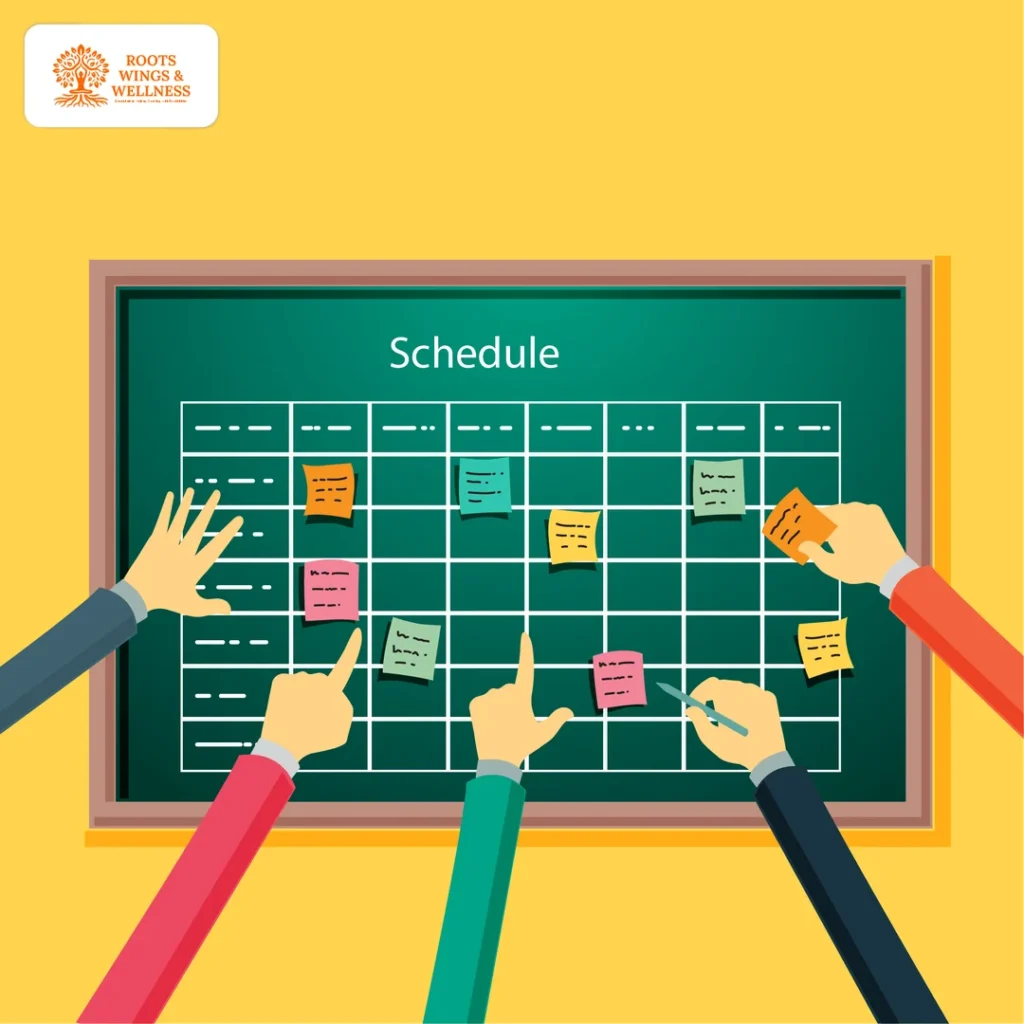
No parent wants to be the screen-time police. And truthfully, strict bans often backfire. What tends to work better? Creating a family rhythm that includes tech, but doesn’t revolve around it.
A Few Grounding Tips:
- Choose screen-free zones: Maybe it’s the dining table or bedrooms. A simple “no screens here” rule gives you back moments for connection.
- Create a routine: Not rigid, just clear. Like, “Screens are okay after schoolwork’s done,” or “No phones after 8 pm.” Kids thrive on rhythm more than rules.
- Let them help set the rules: Ask what they think is fair. They might surprise you—and they’ll be more likely to stick to it if they helped create it.
One mom shared that they started a “tech-free Tuesday” tradition. At first, there were groans. Now, it’s her son’s favorite night of the week—because it means extra time playing Uno and talking about life. This one is on her list of Best parenting tips ever.
Here’s the full guide on How to Reduce Kids’ Screen Time with Engaging & Healthy Activities
Replacing Screen Time With Real Time
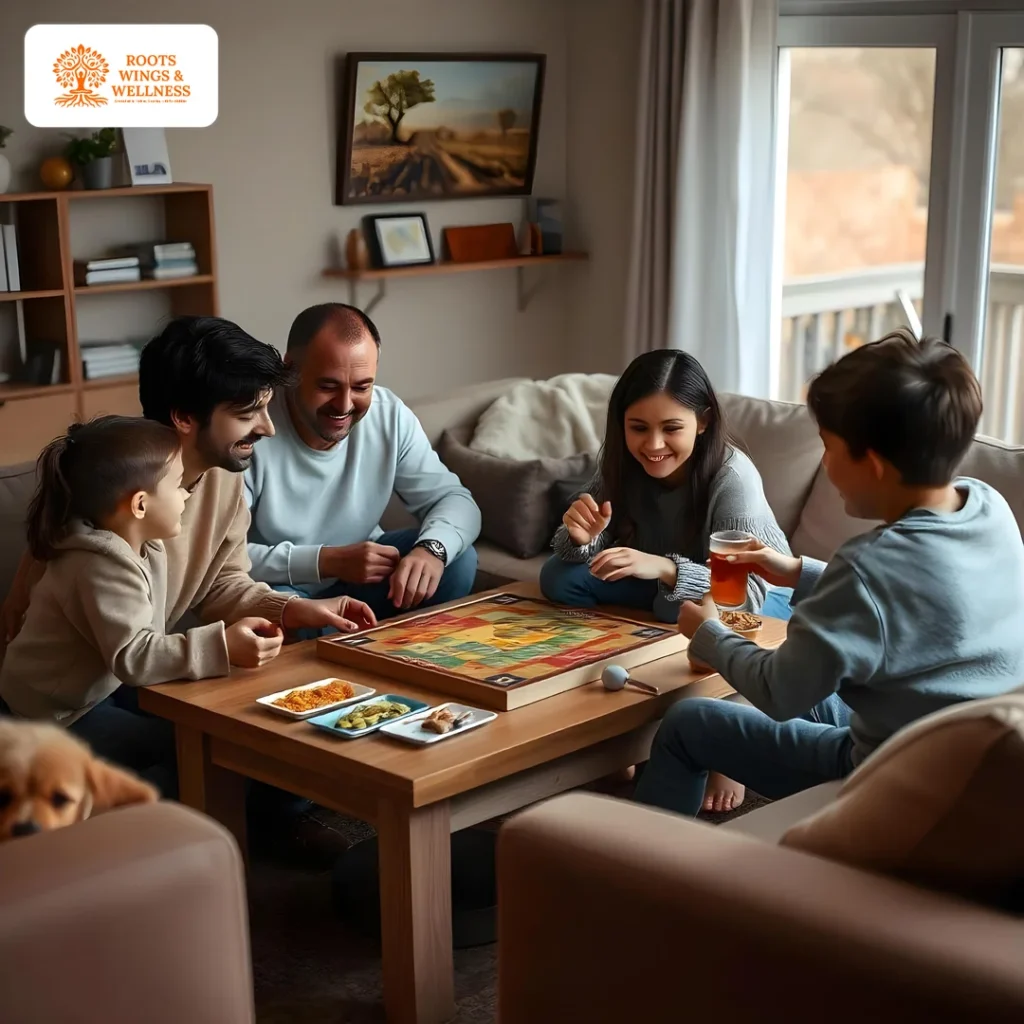
While technology can enhance learning, it’s essential to Balance technology with real-world experiences. Engaging in non-digital activities fosters stronger relationships and better mental well-being.
Sometimes we forget that our kids don’t just need us to be around—they need us to be present – mindful parenting. When we put our phones down and offer ourselves fully, it sends a powerful message: “You matter more than my notifications.”
Here are some Fun Alternatives to Screen Time :
- 📚 Read together (yes, even if they’re older)
- 🌳 Walk or bike without devices
- 🎨 Do something creative side-by-side
- 🍽️ Cook together and talk about your day
- 🎲 Play games where everyone laughs and forgets about screens
“Our family game nights aren’t picture-perfect. Someone always gets too competitive. But honestly? They’ve become the moments I cherish the most.”
When It’s Time for a Digital Detox for Kids

Some days, you just know—it’s too much. You see it in their eyes. They’re moody, disconnected, checked out. That’s when a digital detox for kids can really help reset the energy at home.
Not forever. Just long enough to remind everyone what life feels like without constant scrolling.
Signs Your Child May Need a Break:
- Snapping at you when asked to pause a game
- Constantly switching between apps with no real engagement
- Seeming “bored” unless they’re staring at a screen
How to Ease Into a Digital detox for kids :
- Pick one day a week where you all unplug together
- Replace screen time with something special—not a lecture
- Lead by example. If you’re on your phone all evening, the message gets mixed
Detoxes aren’t about punishment. They’re about making space for connection again.
Long-Term Habits for a More Balanced Digital Life

Balance isn’t built overnight. It’s the result of tiny decisions, made consistently. Here are a few that go a long way:
- Teach them about tech: Help them understand what’s healthy, what’s not, and why it matters. Let them learn to pause and check how they can balance technology themselves.
- Use tech with purpose: Want to watch a movie together? Great. Want to explore a topic through an interactive site or virtual museum? Amazing. Tech can be enriching when it’s intentional.
- Remind them of life offline: Set up playdates, get outside, share a meal, tell stories. Show them that the best parts of life don’t require Wi-Fi and you don’t have to constantly remind about screen time boundaries
One dad shared, “I realized we didn’t need to ban screens—we just needed mindful parenting, to outshine them with more meaningful moments.”
This article on finding joy beyond social media is helpful for both parents and kids.
Final Thoughts: You’re Doing Better Than You Think

This isn’t about perfection. It’s about progress.
Some days, you’ll get it right—devices down, eye contact strong, dinner full of laughter. Other days, everyone’s zoned out in different corners of the house. That’s okay. Just come back. Reset. Try again.
Balancing technology and real life is not a one-time fix. It’s a daily practice. But with love, boundaries, and a little creativity, it’s absolutely possible.
So tonight—what if you start small?
A screen-free dinner.
A walk without headphones.
A story read out loud, just because.
You might be surprised how quickly the real magic returns.
Check out our insightful articles on personal growth and wellness at Roots, Wings & Wellness.
FAQ’s
Totally get it—most of us are in the same boat. The goal isn’t to be screen-free, but to be screen-conscious. Try narrating your choices:
“I’m putting my phone away so I can focus on you.”
Or, “I need 20 minutes to finish this email, and then I’m all yours.”
Modeling tech boundaries while acknowledging your own habits builds trust—and shows your kids balance is a work in progress for grown-ups, too.
Start small. Invite them into the process.
Ask, “What do you think is a fair amount of screen time?” or “What can we do instead that might be fun?”
When kids feel heard and involved, they’re more likely to cooperate. And if it still gets rocky? That’s normal. Change takes time. Stick with it, offer grace, and celebrate the little wins—like one screen-free evening where no one complained (too much).
Absolutely. You’re not behind, you’re just aware now—and that’s the most important step.
Start small. Choose one part of your day that feels the most chaotic (maybe bedtime or dinner) and introduce a new habit—like no screens at the table or 15 minutes of reading together. Kids are adaptable, and they’ll follow your lead when they feel it’s coming from connection, not control.
That one stings, doesn’t it? But here’s a gentle reply you can try:
“I know it feels like that, and I get it—it’s hard. But every family is different, and what we’re doing is about keeping you healthy and happy. I care more about that than fitting in.”
You might not win points in the moment, but you’re planting a seed of mindful parenting that will stick with them.
Start by naming it out loud:
“I just realized I’ve been scrolling for 20 minutes and haven’t really done anything. I’m going to take a break.”
This kind of self-awareness is powerful modeling. It shows your kids that balancing tech is something even adults are working on—and that we can choose to reset at any time.
Make it meaningful, not mandatory.
Instead of just pulling the plug, replace it with something that lights your child up. Movie-making, backyard obstacle courses, baking together, DIY projects… When the alternative is joyful, kids naturally crave it.
Also, involve them in planning: “What could we do this Sunday instead of using screens?” You might be surprised what they come up with.



